Minerals for Lithium Extraction
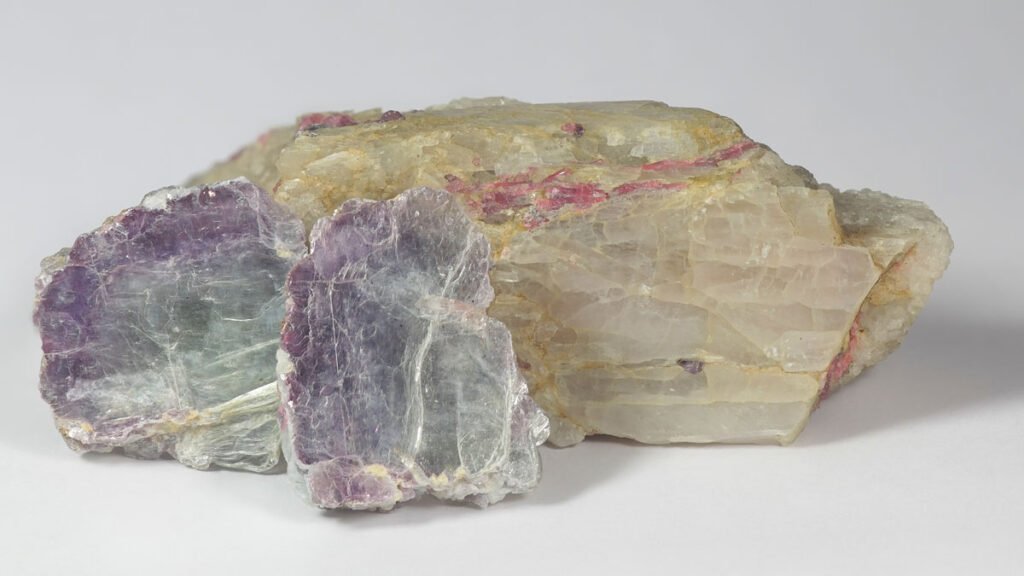
Lithium is a critical element in modern technology, especially in lithium-ion batteries used in electric vehicles (EVs), smartphones, and renewable energy storage systems. While lithium itself is a highly reactive metal and not found in nature in its pure form, it occurs in various lithium-bearing minerals that serve as the primary sources for industrial extraction.
Here’s a detailed look at the key minerals used for lithium production, their properties, and where they are found.
1. Spodumene – The Leading Lithium Mineral
Spodumene (LiAlSi₂O₆) is a pyroxene mineral and the most economically significant lithium-bearing mineral. It is commonly found in granite pegmatites and is the main source of lithium in hard rock mining operations, particularly in Australia.
- Lithium content: ~8% Li₂O
- Crystal form: Prismatic, often large crystals
- Color: Colorless, white, gray, or green (hiddenite variety)
- Hardness: 6.5–7 on the Mohs scale
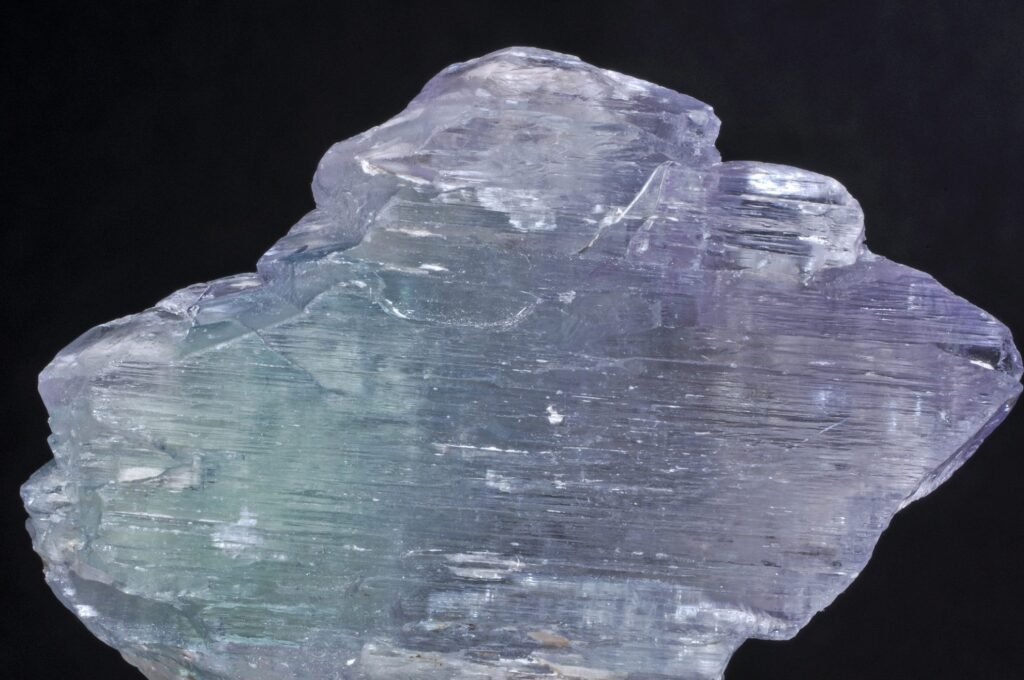
2. Lepidolite – A Mica Mineral Rich in Lithium
Lepidolite (K(Li,Al)₃(Al,Si)₃O₁₀(F,OH)₂) is a lithium-rich mica known for its pink or purple color, caused by manganese or rubidium impurities. It is often found in lithium pegmatites and is a secondary source of lithium.
- Lithium content: Moderate
- Color: Pink, lavender, or gray
- Hardness: 2.5–4
- Use: Ceramics, lithium extraction, ornamental stones
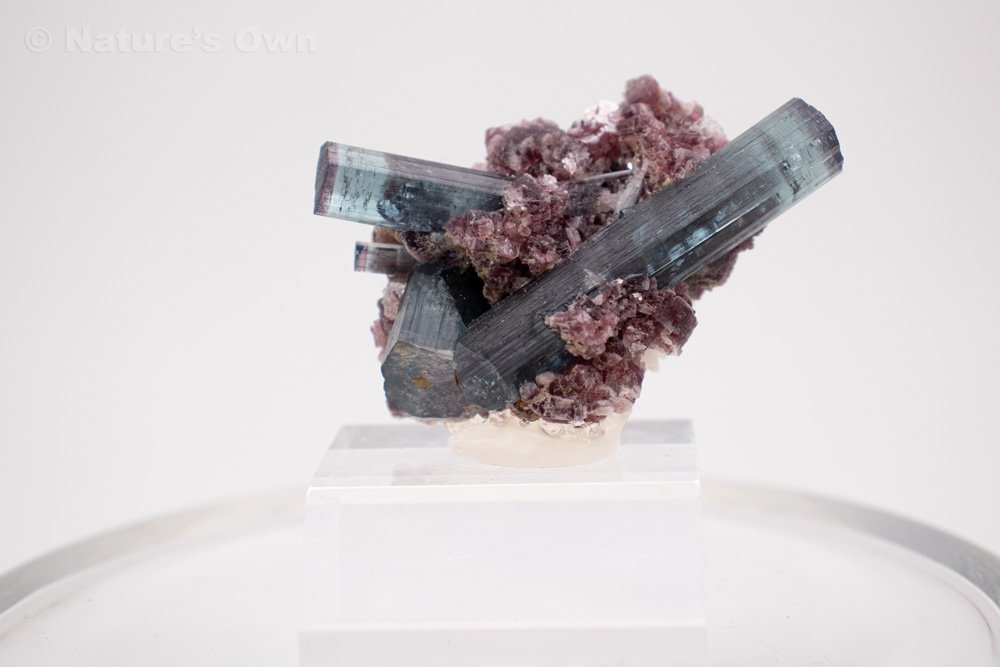
3. Petalite – A Lithium Feldspathoid
Petalite (LiAlSi₄O₁₀) is a feldspathoid mineral valued for its high thermal stability. It is used in the production of heat-resistant glass and ceramics, and is also a secondary lithium source.
- Lithium content: ~4.5% Li₂O
- Color: Colorless, white, or gray
- Hardness: 6–6.5
- Transparency: Transparent to translucent
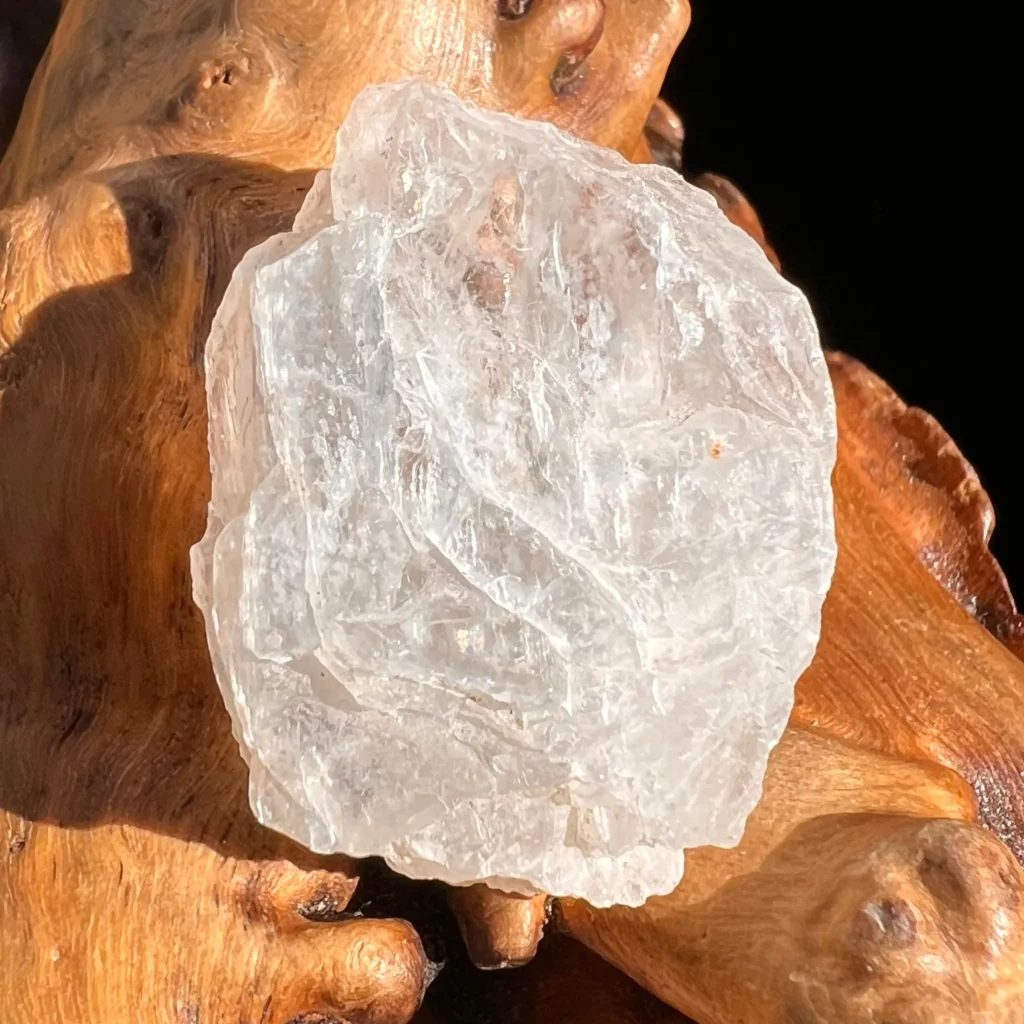
4. Amblygonite – A Phosphate Mineral with Lithium
Amblygonite (LiAl(PO₄)(F,OH)) is a phosphate mineral found in lithium-rich pegmatites. It is sometimes mined for lithium, especially when found in high concentrations.
- Lithium content: Moderate
- Color: White, cream, or pale yellow
- Hardness: 5.5–6
- Occurrence: Often associated with tourmaline and quartz
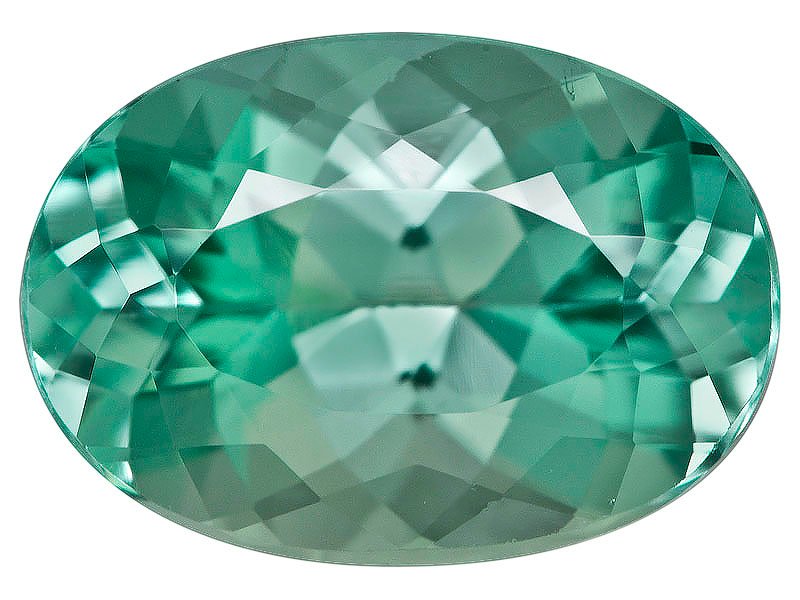
5. Zinnwaldite – A Rare Lithium Mica
Zinnwaldite (KLiFeAl(Si,Al)₄O₁₀(F,OH)₂) is a rare lithium-bearing mica found in tin and tungsten deposits. It is less commonly used for lithium extraction but is of interest in multi-element mining projects.
- Lithium content: Low to moderate
- Color: Brown to black
- Hardness: 2.5–3
- Use: Minor lithium resource and associated with tin mining
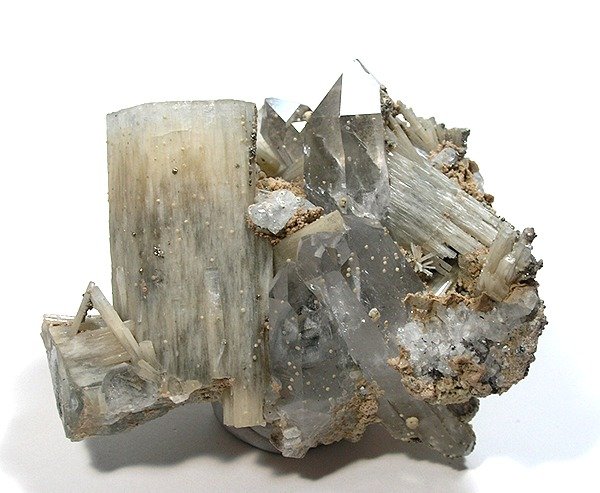
6. Zabuyelite – A Natural Lithium Carbonate
Zabuyelite (Li₂CO₃) is a rare naturally occurring lithium carbonate found in geothermal environments, such as in Tibet and parts of China.
- Lithium content: High
- Use: Limited industrial use; mostly of scientific interest
- Extraction: Typically derived from brines rather than mined directly
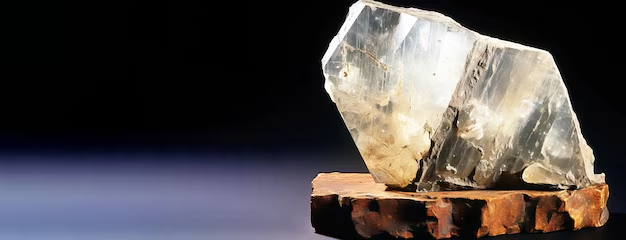
Summary Table: Key Minerals for Lithium Extraction
| Mineral | Chemical Formula | Lithium Content | Use | Key Locations |
|---|---|---|---|---|
| Spodumene | LiAlSi₂O₆ | High | Battery production, ceramics | Australia, Brazil, Canada |
| Lepidolite | K(Li,Al)₃(Al,Si)₃O₁₀(F,OH)₂ | Moderate | Ceramics, minor lithium source | Canada, Madagascar, USA |
| Petalite | LiAlSi₄O₁₀ | Moderate | Glass and ceramics | Brazil, Madagascar, China |
| Amblygonite | LiAl(PO₄)(F,OH) | Moderate | Ornamental stone, minor use | USA, Brazil, Germany |
| Zinnwaldite | KLiFeAl(Si,Al)₄O₁₀(F,OH)₂ | Low | Tin mining byproduct | Germany, Czech Republic |
| Zabuyelite | Li₂CO₃ | High | Rare natural lithium carbonate | Tibet, China |
FAQs
Q1: What minerals contain lithium?
A1: The most important lithium-bearing minerals are spodumene, lepidolite, petalite, amblygonite, and zinnwaldite.
Q2: Which mineral is the best source of lithium?
A2: Spodumene is the most economically viable and widely mined lithium mineral.
Q3: Where are lithium minerals found?
A3: Lithium minerals are found in pegmatites, brine deposits, and clay formations, with major sources in Australia, Chile, Argentina, and the U.S.
Conclusion
The minerals for lithium—spodumene, lepidolite, petalite, amblygonite, and zinnwaldite—form the backbone of the global lithium supply chain. As demand for clean energy and battery technology continues to grow, identifying and extracting these minerals sustainably will be key to meeting future needs.

